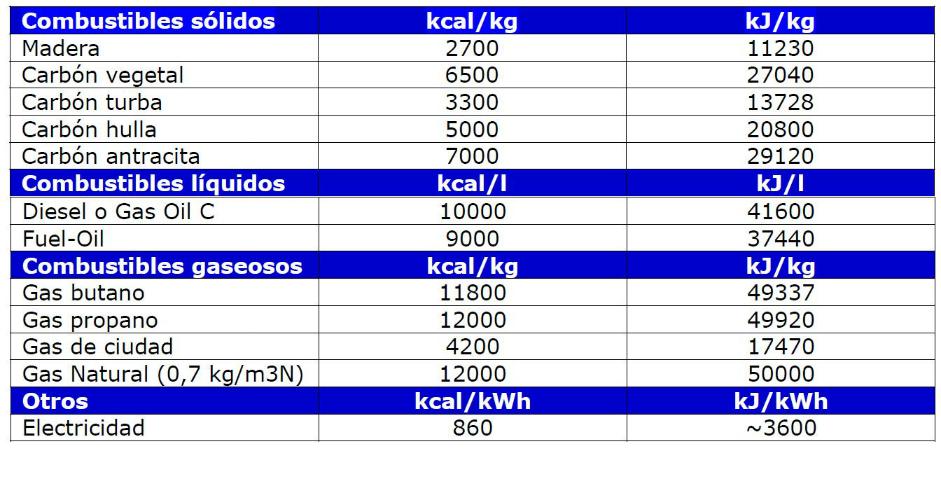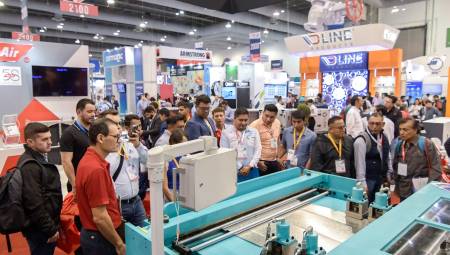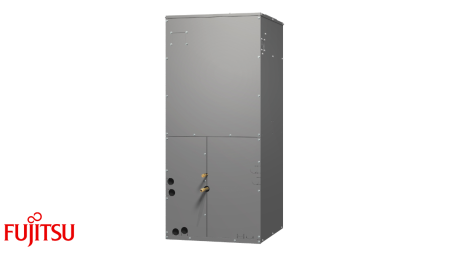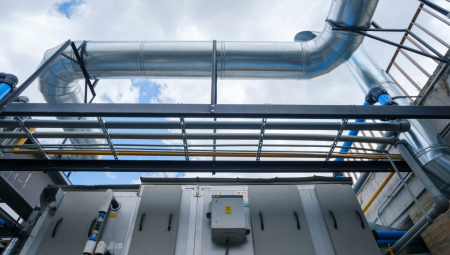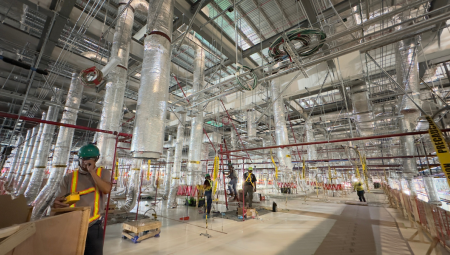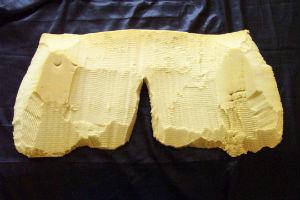 In this first part, an analysis of the strategies used to achieve heat and cold is made and how it has evolved so that this does not increase energy consumption or affect the planet.
by René Ruano Domínguez*
In this first part, an analysis of the strategies used to achieve heat and cold is made and how it has evolved so that this does not increase energy consumption or affect the planet.
by René Ruano Domínguez*
Due to the weight they have in global energy consumption, we propose, when addressing this engineering knowledge, a very ambitious goal: To create a set of information and calculation processors to know, apply and be able to perform tasks of selection, design, projects, maintenance and modernizations of systems that require thermal insulation.
Introduction
Heat or cold is nothing more than a sensation that humans experience when we get in touch with an environment where the temperature is higher or lower than that of the human body. It is a form of energy and can produce work. It is closely linked to human survival, and is absolutely necessary in present life and for future development.
One of the ways heat is generated is during the chemical process called combustion, when fuels are burned. Fuels are energy carriers that have the potential to burn in the presence of oxygen gas or an atmosphere that contains it, such as ambient air.
The vast majority of the total tons or barrels of fossil oil equivalent that are extracted annually in the World, in one way or another are burned in the different energy processes. To get an idea of the annual volumes of fossil fuels used by the 7 billion human beings that we already are, the figure is close to 12,000 million tons (about 85 million barrels per day), 1,715 kg per capita per year.
The fuel equivalent to burning in the presence of atmospheric air or oxygen forms CO2 gas and water, in addition to other harmful gases and pollutants. CO2, as we all know, is the main cause of the greenhouse effect and global warming. Each kilogram of equivalent fuel that is burned has associated a mass of CO2 emission that exceeds by more than twice the kilogram burned.
So if we want to estimate how much CO2 is emitted into the atmosphere, it is enough to multiply the mass of the fuels destined to be burned by 2.3 - 2.7 kg of CO2 / kg, range of emission indicators for the different types of existing fuels. For a global consumption of 12,000 million tons of fuel, we can affirm that the volume of CO2 that has been emitted into the atmosphere is about 30,000 million tons.
The bad thing about this analysis or calculation is that we conclude that the units of heat or cold generated from fossil fuels are directly responsible for CO2 emissions into the atmosphere. The good thing is that not all the heat or cold generated that is used on the planet today comes from the burning of fossil fuels. We have in mind processes that use renewable energies, biofuels and atomic energy to generate it.
Among them are the following:
a) Collectors and Solar Concentrators that capture solar energy and transform it into heat.
b) PV Collectors, Wind Generators, Hydroelectric and Geothermal Power Plants, are processes that use renewable sources to generate electricity, considering that electricity in turn can be transformed into heat.
(c) Atomic Power Plants, which use nuclear energy to generate heat.
d) Processes that use biofuels or bioenergy, which generate heat with a level of net emissions lower than its fossil counterpart.
Currently, alternatives that use renewable sources are being developed in order to replace fossil sources, but the use of polluting energy as a source to generate heat still prevails, as the latter is cheaper.
If there is no way to generate heat or cold through renewable and clean processes, the situation would be much more serious, so there are solutions to get ahead, we just have to enhance and multiply them.
As a conclusion of this introduction, the vast majority of the heat we use comes from fossil fuels, which in turn have associated significant volumes of CO2 emissions. So if we want to protect the environment, we have to jealously care for every unit of fossil fuel to produce heat or cold and every unit of heat or cold, once generated.
Thermal Insulation is the effective means to conserve heat and cold, reducing their losses. Hence the importance of this knowledge and its practical application.
Some definitions
- Temperature measures the level of agitation of particles in a body and induced by the amount of heat that was supplied to stir its atomic composition. It is expressed in ºC, ºK or ºF.
- The Joule (SIU) the calorie (STU) and the Btu, are units that measure the heat and relate the
mass of bodies with their temperature.
- Heat can be measured in quantity and quality:
a) The amount of heat is measured by the units in Joule, calories or Btu it contains
a given physical body (solid, liquid, or gaseous).
b) The quality of heat is measured by the units of temperature reached by the body
solid, liquid or gaseous.
So we can have a physical body that contains a lot of heat, but of low quality, or the reverse.
- The quality of the energy is what qualifies whether a current or thermal fluid can generate work or not. To the extent that its temperature is higher, relative to the ambient temperature, the greater amount of work it can generate.
- Power is the amount of energy released or generated in the unit of time. Its units are the W or kW and the HP.
- The calorific value is the amount of energy released or generated by the unit of mass. Its units are Joule or kilojoule/kg or Btu/kg. In fuels, two calorific values are measured, the lower one, which considers that the water contained in the fuel evaporates and the upper one, which assumes the water as condensed.
- Specific heat is the amount of heat needed to raise the 1kg temperature of a physical body by 1°C.
- Latent heat is the amount of heat absorbed or given by a body during the process of changing state, keeping the temperature constant. When the change is from solid to liquid, it is defined as heat of fusion. When the change is from liquid to vapor, it is known as heat of vaporization, and when the vapor condenses and passes into liquid, it is heat of condensation.
Sensitive heat is the heat absorbed or given by a body when in the process there are variations in temperatures.
Specific heats of some substances (Table 1):
 Calorific powers of the most commonly used energy carriers. (Power
Calorific powers of the most commonly used energy carriers. (Power
Lower Calorific) - Table 2: